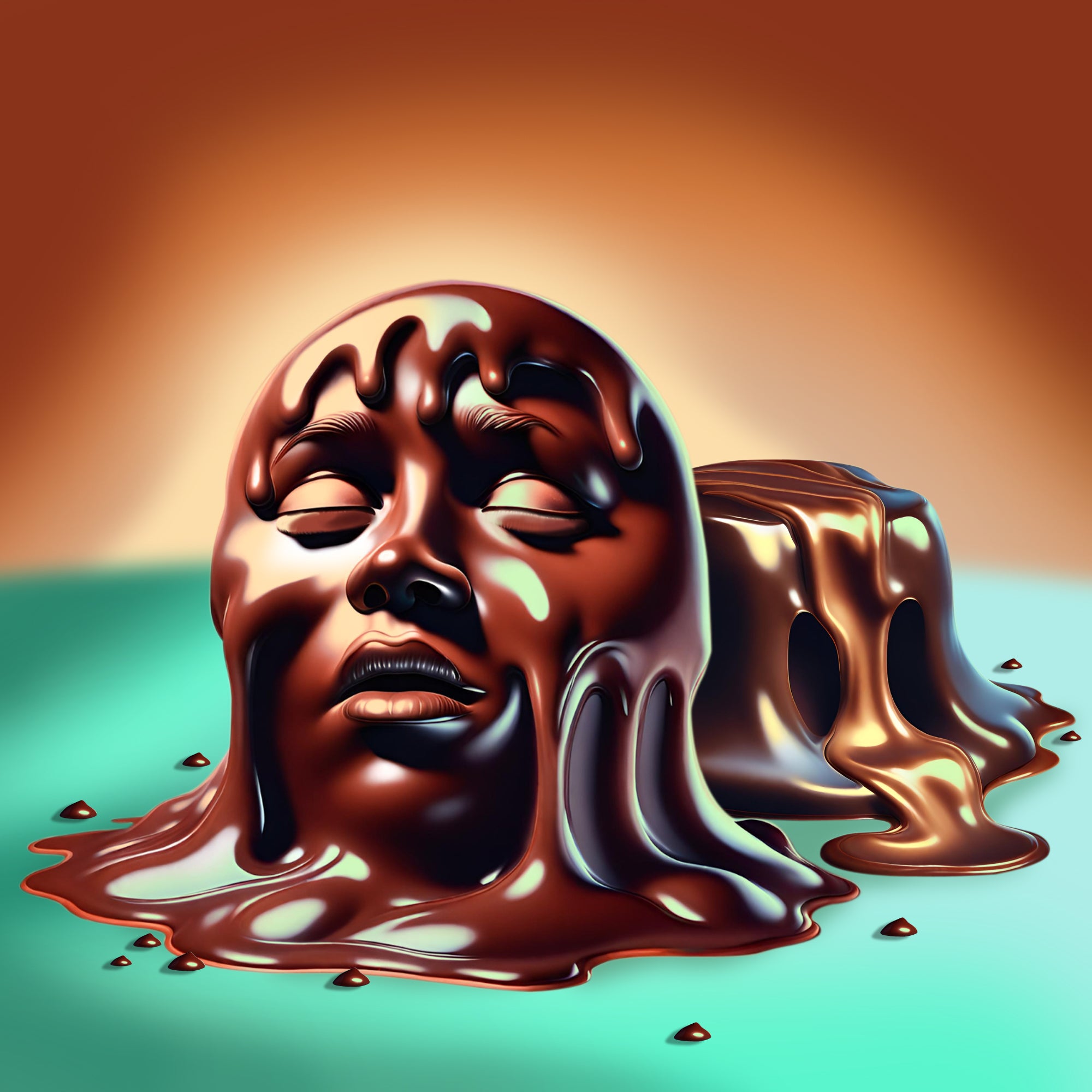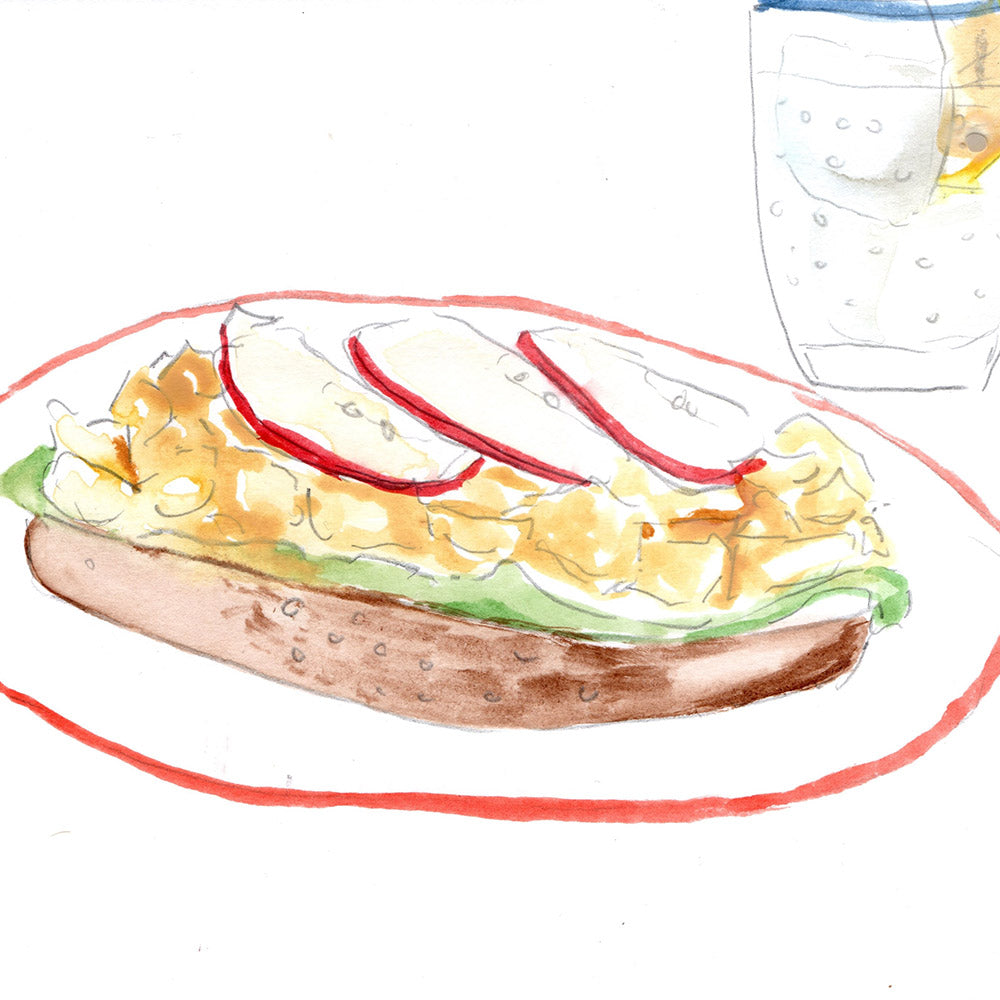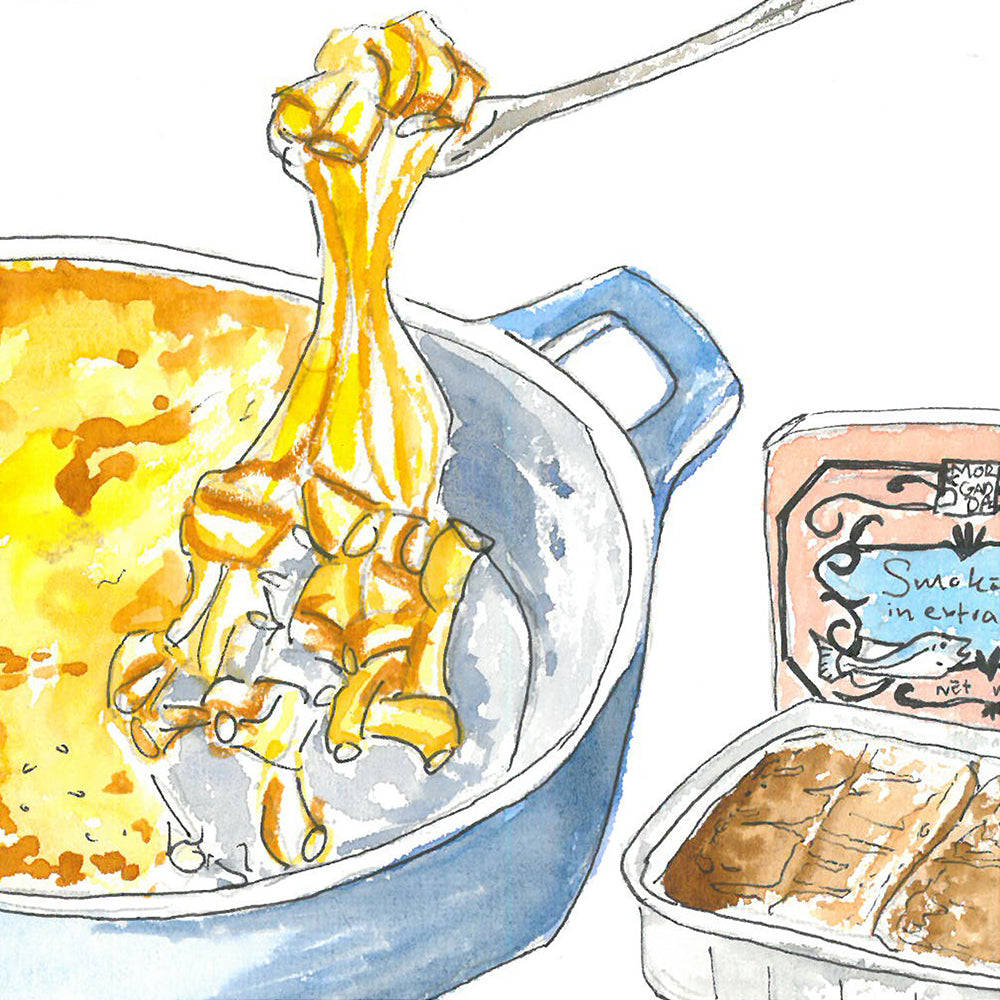Melting Faces
Rows of identical melting faces sat seven abreast and five shelves high. In a constricted studio in Basel, Switzerland, an old man spent the first hours of his days with a coffee and cigarette, watching a reflection of the morning sun bounce into the room and cast a pale light on the drooping chocolate blobs that once resembled a browned set of self-portraits. Though even now, with time gradually warping cheekbones, collapsing eye sockets and melting chins, the man reflected that perhaps these busts resembled him now more than ever.
Dieter Roth was a balding man with a pursed button face. He was born in Germany but fled to Zurich as a teenager to escape the ravages of World War Two. Sheltered by the family of jazz musician Fritz Weiss, he shared his new home with a group of communist artists and actors who encouraged him to engage in the arts. He grew taken with painting and poetry during his formative years though began to interrogate the boundaries of conventional artistic practices as he matured. He came to ally himself with the philosophies of Modernity, an artistic movement that challenged the very nature, mediums and themes within art. Dieter Roth eventually became a world-renowned and formidable modern artist.
One famous piece from Roth was Portrait of the Artist as Vogelfutterbüste, translated as Portrait of the Artist as Birdseed Bust. Vogelfutterbüste, for short, was a collection of thirty 20cm-tall self-portrait busts made of chocolate and bird seeds that had originally been mounted on broom handles in Roth’s garden. After they had been picked at and weathered down the busts had been moved inside to slowly decay in privacy. Vogelfutterbüste was inspired by James Joyce’s Portrait of the Young Man as an Artist, a semi-autobiographical novel about the formative years of a writer gradually growing more sophisticated in his identity and creative expression. Although Joyce’s work could be interpreted as an exploration of growth and personal evolution, Roth’s was the opposite. While one’s internal world may grow richer and more sophisticated as one ages, the human body, after a time, does not. As Roth developed as an artist he became fascinated with this theme and how materials used within an artwork can reflect the dimension of time. His work began to explore the continuation of art in companionship with decaying materials, reflecting the ephemerality of his life.
The Ephemeral
Portrait of the Artist as Vogelfutterbüste is a quintessential piece of a hard-to-pin-down genre known as Ephemeral Art. This genre, also known more simply as Temporary Art, comes in countless forms and is often considered as merely a trait of an artwork or genre; a piece of art may happen to be ephemeral, but the art's ephemerality isn't necessarily the point. Ephemeral Art encapsulates many forms, from theatre to sculpture to action art, and is typically categorised by the inherent nature of only occurring once or for a brief period of time. Ephemeral art is often used as a vehicle to shift values away from art as a physical commodity and toward the concept or ideas the work aims to explore. Gradually the definition expanded to incorporate art that changes over time, whether through decay or growth.
While it is predominantly a 'modern' genre, ephemerality has always been a component of art; consider the countless novels, songs, paintings and sculptures lost to history. However even the notion of Art itself is somewhat ephemeral, it never having a concrete definition throughout humanity’s timeline. One fairly constant understanding of art is that it’s a reflection of ideas, though Greco-Roman culture understood art to be a human skill within a productive field. Then Roman-Greek philosopher Aelius Galenus refined the definition by discerning two forms of art, Vulgar and Liberal, the physical and the intellectual [Tatarkiewicz, 2000]. During the Renaissance, some artistic mediums emerged as elevated forms as they were understood to have components of both vulgar and liberal arts, along with a holistic emotional and intellectual intelligence that married the two. These mediums included painting, sculpture and music, and this new understanding of 'designed' art is the genesis of art's definition we use today [Tatarkiewicz, 2002].
Another crucial component of art is the interaction between the work and the observer; the consumed and the consumer. These two pillars of art – the artist’s expression in the form of their final work and the outsider’s experience of that work – are essential to understanding Ephemeral Art as it is a genre that somewhat subverts this relationship. If an essential component of art is the interplay between the ideas expressed at that time and the consumers and creators of those ideas, much of the significance of the artwork can dimmish if removed from the time and space of the consumers and creators. Only the piece remains, with the growingly antiquated ideas becoming more abstract and less relevant to later consumers. Ephemeral art cannot be removed from time and so the value of its expression, in theory, is more immediate yet short-lived. This reframing became known as the dematerialisation of the art object, an uncoupling of the total value of art from its physical manifestation. Dematerialisation championed the concept of the work itself becoming a separate yet integral part of the art’s value.
Fluxus
A group named Fluxus, of which Dieter Roth was a part, are largely credited with introducing Ephemeral Art into the mainstream. Founded in the 1960s by George Maciunas, Fluxus was a network of multi-disciplinary artists who aimed to create works that existed outside of the traditional Art Establishment Industry and challenge the definitions of what Art entails. Fluxus also sought to democratise art by creating pieces that not only mirrored everyday life but were financially and conceptually accessible to everyday people. The participatory nature of a spectator was another valued component of Fluxus and many artists within the movement created spontaneous and unscripted events that came to be known as Action Art, a genre that highly influenced participatory performative artworks today.
The Fluxus movement can also be credited with how modern artists use art to challenge the notions of time and space. One very famous contemporary follower of the Fluxus movement – whether conscious or not – is the street artist known as Banksy. While ephemerality may not be the predominant theme of his work, Banksy is certainly a part of the Ephemeral tradition. The elusive artist is famous for his pieces that often exist in public spaces, on walls and streets across the world. While it has been present in museums and used as a commodity within the commercial industry, his work usually plays with time and space in that the work will almost always be temporary, waiting to be experienced by lucky passers-by for a short time before being removed by authorities, tagged over by other street artists, or stolen by artworld vultures looking to sell it on. He had even gone so far as to destroy a work of his at the point of sale. The now legendary painting Love is in the Bin had sold at Sotheby’s and immediately after the gavel struck the painting was shredded through a device hidden within the frame. Ironically the semi-destroyed piece is now believed to be at least six times the amount of its original selling price.
Another Fluxus contemporary is Jimmy Grashow who creates sculptures from cardboard. His ambitious work Corrugated Fountain saw him replicate the Trevi Fountain in Rome and display it outside The Aldrich Contemporary Art Museum, where it slowly degraded until the first rainfall came three weeks later. A documentary on Grashow named The Cardboard Bernini tracked the Corrugated Fountain's journey from creation to destruction. After the rain had fallen and his fountain was no more than a rippling pile of beige pulp, Grashow had walked among the wreckage and said:
‘It’s like being at your own funeral.’
Artists often express ideas as lofty as their fear of death but those expressions are often static, removed from the experience of mortality itself. Ephemeral Art provides an artwork with the experience of death; few things - removed from pragmatism, ego and all other influences within an artist’s life and craft - are as admirable to commit to.
A Chocolate Life
Mesoamerican cultures considered chocolate - or more specifically cacao - to be connected to the divine. Cacao was often referred to as the ‘food of the gods’ among Aztec and Mayan people. Harvesting cacao beans from pods, they’d crush the beans to create a paste to be eaten raw or used to create a hot drink called "xocolātl," a proto-hot-chocolate mixed with spices. Colonialism introduced cacao to Europe in the 16th century and for a long time, it was used as a modified version of xocolātl and considered a beverage for the elite. Gradually, innovators experimented with cacao, roasting it into what’s now known as cocoa, mixing sugar and milk, and eventually creating the luxurious confectionary we know today.
Despite its ubiquity, it’s still often considered a product for the elite. In Ghana and Côte d'Ivoire, where most cacao is harvested nowadays, most Ghanaians and Ivorians don’t eat chocolate and many have never even tried it. Journalist Orlá Ryan in her book Chocolate Nations [2012] details the often harrowing cocoa trade from the perspective of these two countries, and one detail she mentions is the common Ghanian and Ivorian dismissal of chocolate as a ‘wealthy white man’s food.’ That’s all to say that chocolate, in all its forms, was and still is revered in one form or another.
Symbolically, consider chocolate’s presence within Western culture. It is almost always present at celebratory occasions in the form of desserts, gifts or treats; giving chocolates to a lover is a classic and widely recognised romantic gesture; it is also a near-universal go-to comfort food due to its ‘feel-good’ chemical components. Chocolate is one of the quintessential symbols of indulgence and pleasure in Western civilisation, even if it is just in the form of a lone brown square. So what would it mean to use it as a material?
An artwork that subverts the more wholesome associations of chocolate comes from Scottish artist Anya Gallacio. In her installation Stroke, Gallacio painted the walls of a room with melted chocolate, lit the walls with a sparse handful of dim lights, and placed a single bench in the centre of it. Despite the sweet aroma that warmed the air, the dark room could also be ominous, the textured walls seeming to shimmer and menace in the low light. Also, to be surrounded by chocolate registers with most people the mortal consequences of over-indulgence; the name Stroke was not given in coincidence. Gallacio in part created the installation as a commentary on feminity within male-dominated spaces such as an art gallery. How she used chocolate to make the commentary is open to interpretation. Regarding Vogelfutterbüste, we can assume Roth hadn’t chosen chocolate by accident, there are after all countless other degradable materials he could have paired with birdseed. What ideas can we glean from using chocolate to create a set of self-portraits?
Food generally is one of the most ephemeral experiences in day-to-day life so to use it as a material within Ephemeral Art makes a statement; using chocolate might make a bigger one. If the nature of Ephemeral Art draws attention to its inherent temporary state, using chocolate makes a commentary that pleasure – the joys and dangers of it - is also an inherent part of that state. Ephemeral Art’s greatest gift might be the unavoidable reflection of the spectator’s and creator’s mortality. Chocolate within that context makes us question how we indulge our limited time as the ephemeral artworks we are, and that both the pain and joy of that ephemerality are the brick and mortar of our existence. Grashow in his documentary summarised this idea. When he commented on creating the Corrugated Fountain, the installation that was to be destroyed shortly after its completion, the work that had manically consumed the entirety of four years of his life, he said simply:
‘If I don’t give it everything, I’m worried it won’t be painful when it goes.’


